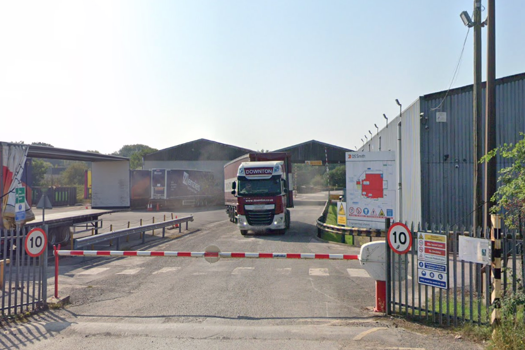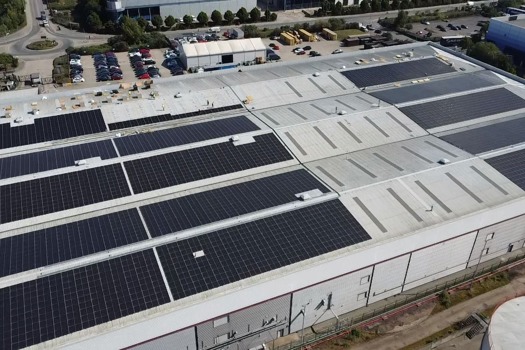Back in the 1970s, German manufacturer Kolbus was building perfect binding lines with a third-party trimmer attached. However, by the mid-1980s, it had developed its own trimmer, which proved a wise move, according to Kolbus UK managing director Robert Flather. The result was a hugely popular machine. "It was our top-selling item for 20 years," he says.
The trimmer was targeted at any outfit running a perfect binding line above medium speed. As a result it was particularly suited to printers and trade binders producing magazines, catalogues and books.
First in the range was the entry-level (the ‘B' stands for basic) HD 150.B which is still available today. It has motorised parts, but no operator guidance. The 151 version, launched 12 years ago, went further. It was the first machine in the trimmer range with the manufacturer's fully automated makeready system, CoPilot. This paved the way for the launch of the HD 152 more than 10 years ago followed, more recently, by the HD 153.P in 2006. The ‘P' stood for programmable - the model was fitted with Copilot and featured a central adjustment console.
Control advance
The 153 differs from its predecessor in that it has a control system that made it easier to locate faults; If a problem occurs, there is an immediate on-screen alarm message with the location and cause of the problem.
"It was more of an under-the-bonnet change," explains Flather. "If the machine breaks down it points out exactly which part has failed."
All these features have resulted in a trimmer that's sold well in the market. The range is known for the delicacy with which products are cut. Trimming can cause problems in terms of marking, especially when cutting books or catalogues with a matt black cover. To counter this, the HD machine picks up products with a gripper as opposed to being transported with belts at the top and bottom. This results in mark-free finished products.
"It will actually pick the product up rather than drag it along the bed of the machine," adds Flather. Once at the trimming station, sidelays support the spine and hold it firmly in position preventing chipping or tearing.
The infeed could take single or shingled copies with the trimmer adapting automatically to the speed of the product stream. "If there is no product going through the machine, it will stop and switch to wait mode rather than running all the time compared to other machines," says Flather.
Kolbus doesn't sell used machinery, but will part-exchange older models and sell them onto a used equipment dealer rather than directly to a client. With service contracts, Flather explains there isn't much need for operator intervention and none of the machines installed to date have been sold with a service contract. "It's not a necessity that printers need to have as it's fairly easy to use," he says.
PrintWeek's sister used machinery website, PressXchange, currently has three Kolbus HD trimmers on offer by used equipment dealer Printing and Graphic Machinery. According to the dealer, expect to pay £22,000 for a 1986 HD 150 and £49,500 for a 1999 HD 151.P. A new HD 153 costs around £175,000.
SPECIFICATIONS
Speed 6,600cph
Stack height 80mm
Max front off-cut width 40mm
Max head and tail off-cut width 50mm
Footprint 4.3x2m
Weight 7 tonnes
Price
New HD 153.P: £175,000
Used 1999 HD 151.P: £49,500
What to look for
General wear and tear









